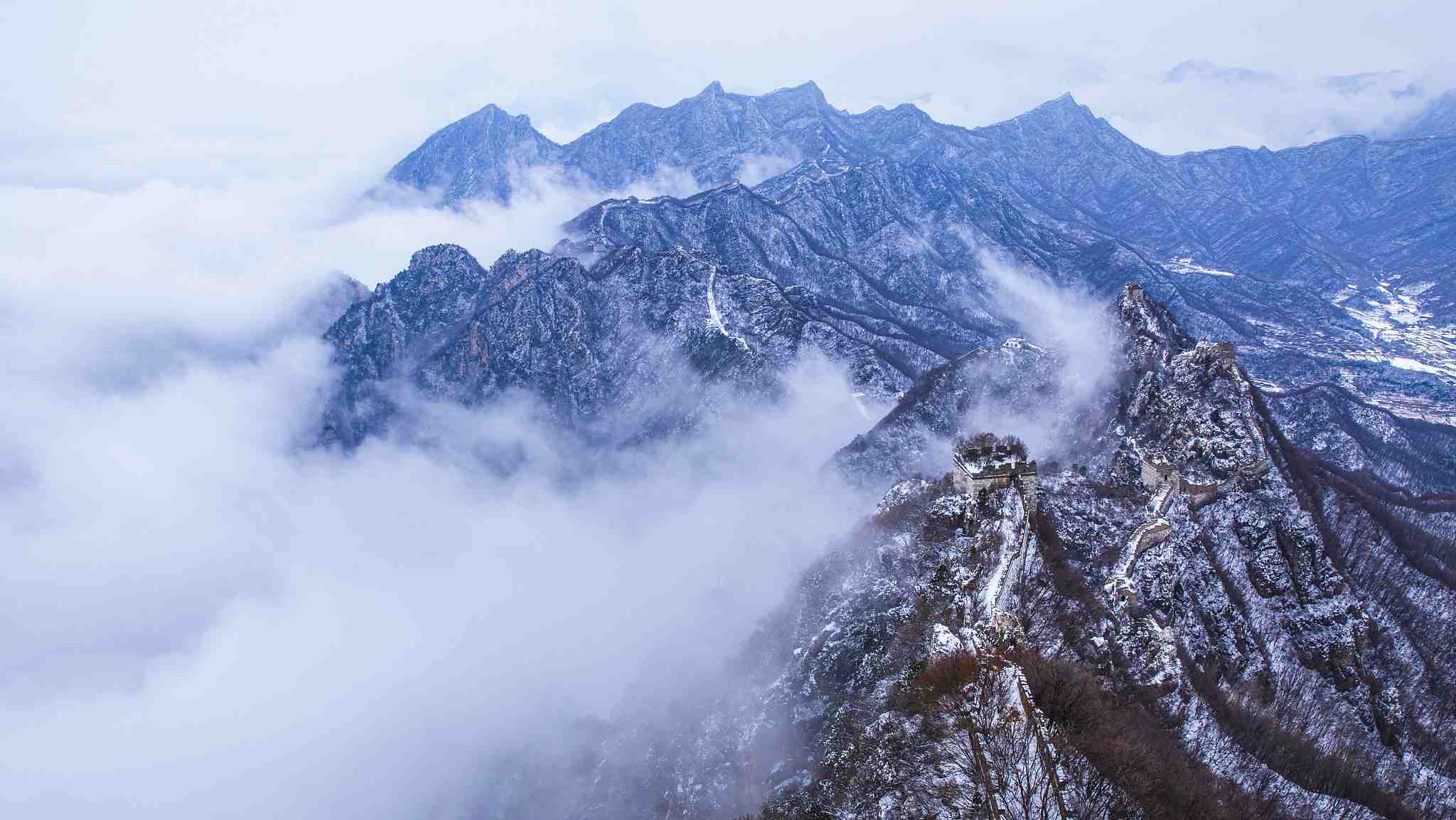For the past 30 years, China has successfully had 52 places declared as UNESCO World Heritage Sites, of which 36 are cultural sites, 12 are natural sites and four are mixed. These sites establish diverse and unique Chinese culture with natural wonders and historic beauty which safeguard the home to some of humanity’s earliest civilizations.
Even though China offers an incredible wealth of World Heritage Sites, there are still many more sites on the tentative list waiting to be explored.
Let’s take a look at 10 of those cultural and natural heritage sites in China, which may give you some clues when planning your next trip.
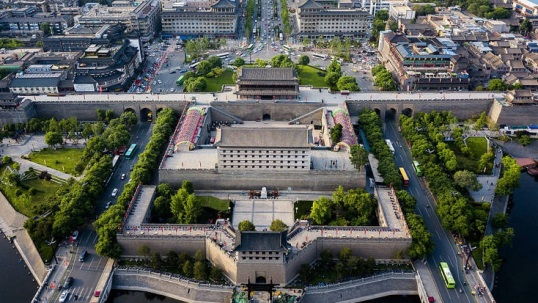
The City Walls of the Ming and Qing Dynasties in China refer to the defensive structures located in the cities of Nanjing, Xi’an, Jingzhou and Xingcheng. You may easily catch the heartbeat of an ancient city by walking along these city walls. /VCG Photo
The City Walls of the Ming and Qing Dynasties in China refer to the defensive structures located in the cities of Nanjing, Xi’an, Jingzhou and Xingcheng. You may easily catch the heartbeat of an ancient city by walking along these city walls. /VCG Photo
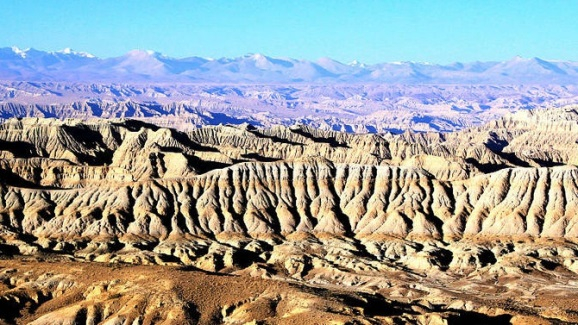
Guge was a 1,300-year-old ancient kingdom located in present day Zanda County, Tibet Autonomous Region. With numerous relics and historical records, it’s been a precious place for the study of Tibetan history and architecture since the 10th century AD. /VCG Photo
Guge was a 1,300-year-old ancient kingdom located in present day Zanda County, Tibet Autonomous Region. With numerous relics and historical records, it’s been a precious place for the study of Tibetan history and architecture since the 10th century AD. /VCG Photo
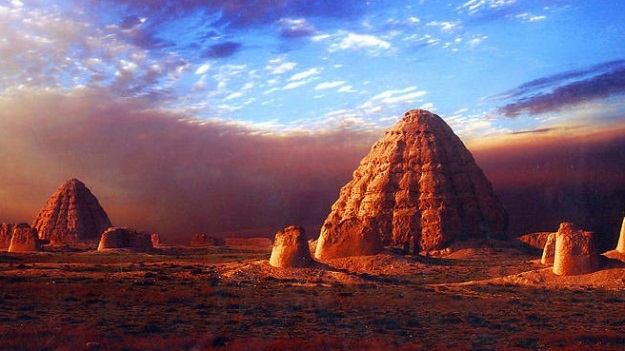
Western Xia Mausoleums, also known as Xixia Imperial Mausoleums, is one of the largest Xixia cultural sites in existence. The mausoleums include nine imperial mausoleums and 250 tombs of imperial relatives and officials. /VCG Photo
Western Xia Mausoleums, also known as Xixia Imperial Mausoleums, is one of the largest Xixia cultural sites in existence. The mausoleums include nine imperial mausoleums and 250 tombs of imperial relatives and officials. /VCG Photo
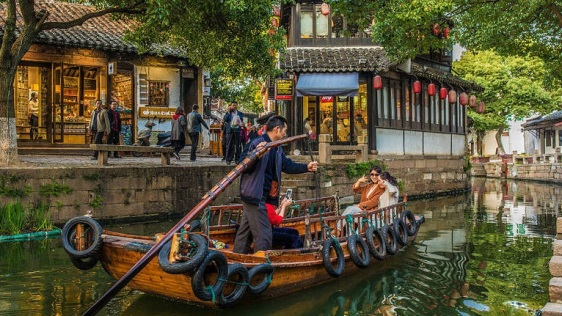
Jiangnan water towns are reputed as “the Venice of China” for they were built based on the water. Residents south of the Yangtze River region have been living with the rivers and lakes since ancient times. There’s no better way to immerse yourself in the pure joy of life. /VCG Photo
Jiangnan water towns are reputed as “the Venice of China” for they were built based on the water. Residents south of the Yangtze River region have been living with the rivers and lakes since ancient times. There’s no better way to immerse yourself in the pure joy of life. /VCG Photo

Spread throughout parts of southwest China, traditional villages of the Dong ethnic minority group are a showcase of the group’s cultural traditions, covering the settlements where Dong cultural traditions have been well preserved. The typical residences are called “Diaojiaolou”, a three- or four-floor house built with Chinese fir wood. /VCG Photo
Spread throughout parts of southwest China, traditional villages of the Dong ethnic minority group are a showcase of the group’s cultural traditions, covering the settlements where Dong cultural traditions have been well preserved. The typical residences are called “Diaojiaolou”, a three- or four-floor house built with Chinese fir wood. /VCG Photo
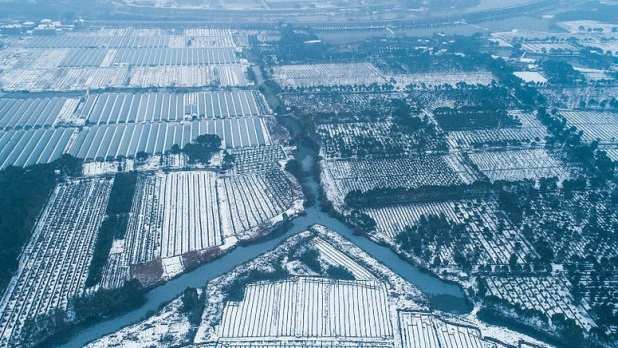
Liangzhu Archaeological Site is a comprehensive archaeological site representing the Chinese civilization of the last Neolithic jade culture between 3300 B.C. and 2300 BC. In fact, Liangzhu is the general name for many sites, including Liangzhu, Pingyao and Anxi. /VCG Photo
Liangzhu Archaeological Site is a comprehensive archaeological site representing the Chinese civilization of the last Neolithic jade culture between 3300 B.C. and 2300 BC. In fact, Liangzhu is the general name for many sites, including Liangzhu, Pingyao and Anxi. /VCG Photo
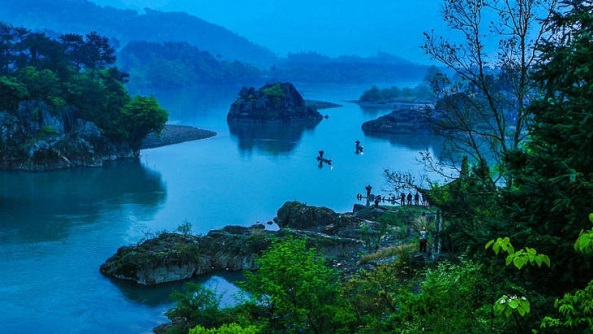
The Nanxi River is often called the “cradle of Classic Chinese water-and-ink painting.” If you get a chance to visit this place, the most relaxing thing you can do here is drifting in the river on a bamboo craft. Take a moment to turn off the chaos from the city and enjoy this slow lifestyle. /VCG Photo
The Nanxi River is often called the “cradle of Classic Chinese water-and-ink painting.” If you get a chance to visit this place, the most relaxing thing you can do here is drifting in the river on a bamboo craft. Take a moment to turn off the chaos from the city and enjoy this slow lifestyle. /VCG Photo
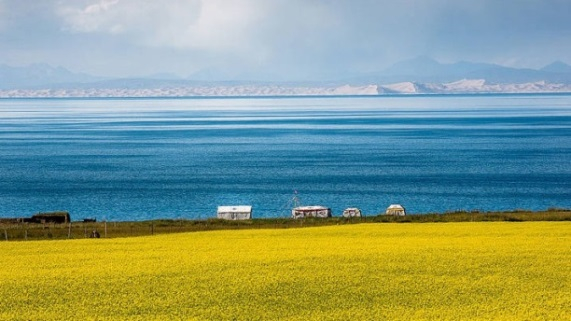
Qinghai Lake is the largest inland saline lake in China which is located in the Qinghai Province. It’s no exaggeration to say whenever people mention this place, they think of “blue sea” or “teal lake” because of the marvelous natural beauty reflected on it. Surrounded by mountains and shaped like an ellipse, this place is a true miracle with magnificent scenery. /VCG Photo
Qinghai Lake is the largest inland saline lake in China which is located in the Qinghai Province. It’s no exaggeration to say whenever people mention this place, they think of “blue sea” or “teal lake” because of the marvelous natural beauty reflected on it. Surrounded by mountains and shaped like an ellipse, this place is a true miracle with magnificent scenery. /VCG Photo
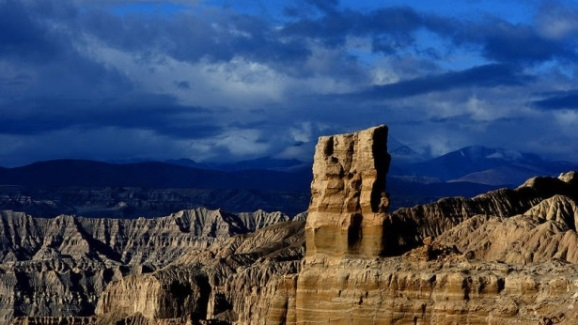
Dunhuang Yardang National Geologic Park, also known as Devil City, is a national park in Gansu Province that shows the Yardang geological feature of the area. When you visit this place, don’t forget to bring your camera and save some time for the sunset. Be sure to capture the moments when fading light creates shadows on the rocks and disappears altogether. /VCG Photo
Dunhuang Yardang National Geologic Park, also known as Devil City, is a national park in Gansu Province that shows the Yardang geological feature of the area. When you visit this place, don’t forget to bring your camera and save some time for the sunset. Be sure to capture the moments when fading light creates shadows on the rocks and disappears altogether. /VCG Photo
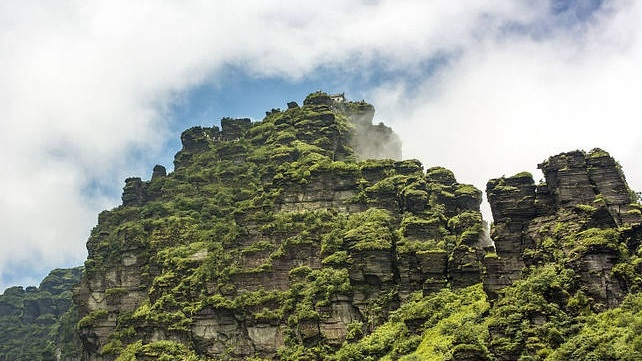
For city-dwellers who look for fresh air, Mount Fanjing with its vast forests is a perfect natural oxygen bar. However, it’s not easy to ascend to the peak of the mountain. The way up is challenging, but you’ll be definitely rewarded with a stunning view at the top. /VCG Photo
For city-dwellers who look for fresh air, Mount Fanjing with its vast forests is a perfect natural oxygen bar. However, it’s not easy to ascend to the peak of the mountain. The way up is challenging, but you’ll be definitely rewarded with a stunning view at the top. /VCG Photo

